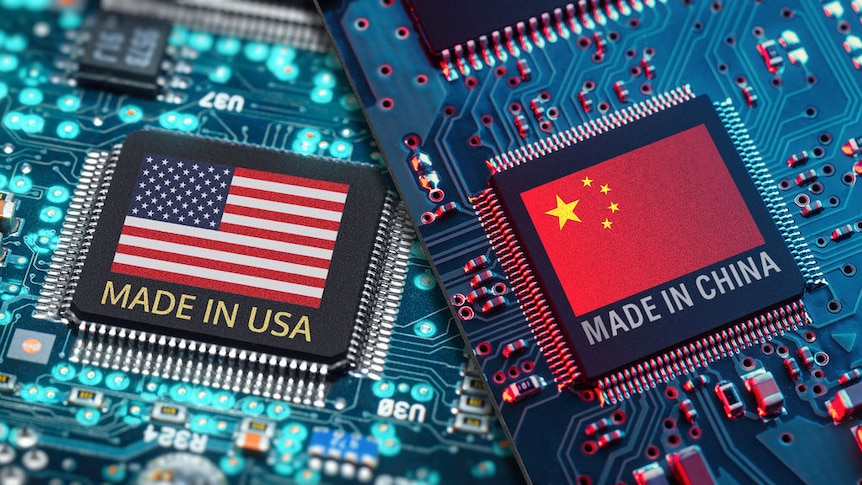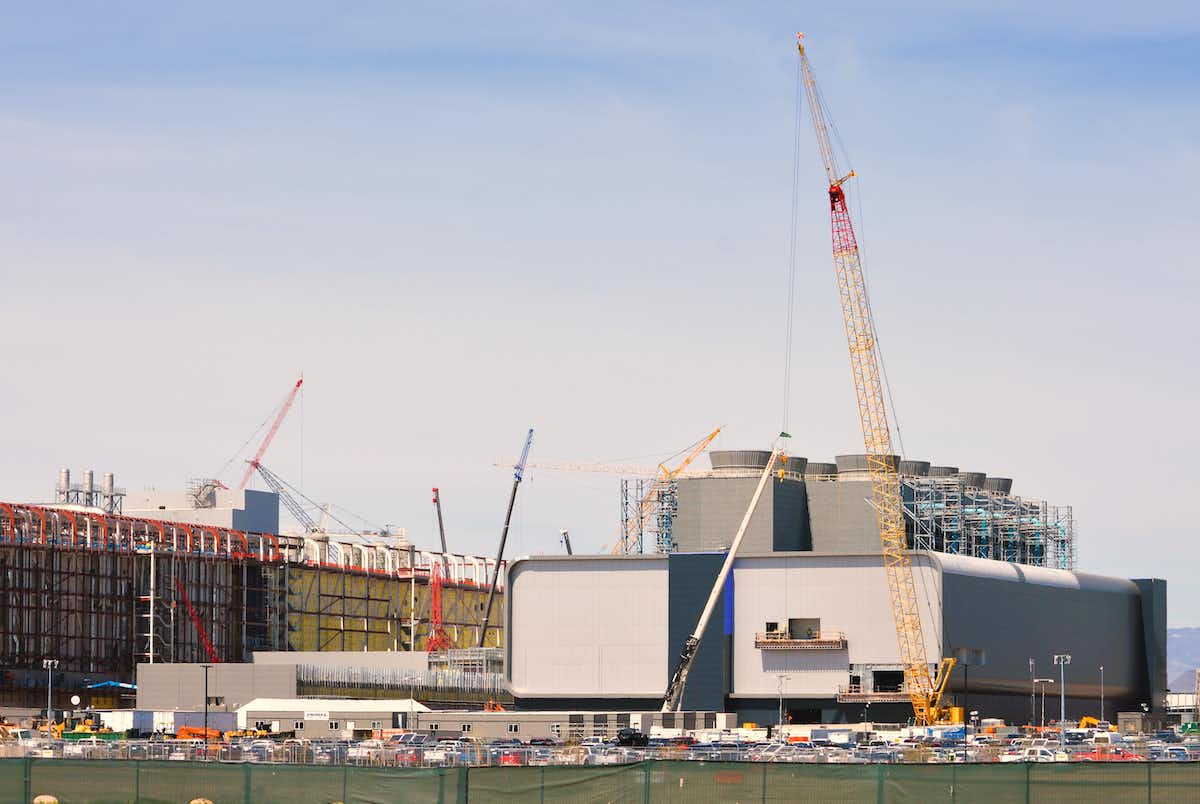China's national champions for computer chip – or semiconductor – design and manufacturing, HiSilicon and Semiconductor Manufacturing International Corporation (SMIC), are making waves in Washington.
SMIC was long considered a laggard. Despite being the recipient of billions of dollars from the Chinese government since its founding in 2000, it remained far from the technological frontier. But that perception — and the self-assurance it gave the US — is changing.
In August 2023, Huawei launched its high-end Huawei Mate 60 smartphone. According to the Center for Strategic and International Studies (an American think tank based in Washington DC), the launch “surprised the US” as the chip powering it showed that Chinese self-sufficiency in HiSilicon's semiconductor design and SMIC's manufacturing capabilities were catching up at an alarming pace.
More recent news that Huawei and SMIC are scheming to mass-produce so-called 5-nanometre processor chips in new Shanghai production facilities has only stoked further fears about leaps in their next-generation prowess. These chips remain a generation behind the current cutting-edge ones, but they show that China‘s move to create more advanced chips is well on track, despite US export controls.
The US has long managed to maintain its clear position as the frontrunner in chip design, and has ensured it was close allies who were supplying the manufacturing of cutting-edge chips. But now it faces formidable competition from China, who's technological advance carries profound economic, geopolitical and security implications.

Semiconductors are a big business
For decades, chipmakers have sought to make ever more compact products. Smaller transistors result in lower energy consumption and faster processing speeds, so massively improve the performance of a microchip.
Moore's Law — the expectation that the number of transistors on a microchip doubles every two years — has remained valid in chips designed in the Netherlands and the US, and manufactured in Korea and Taiwan. Chinese technology has therefore remained years behind. While the world’s frontier has moved to 3-nanometre chips, Huawei's homemade chip is at 7 nanometres.
Maintaining this distance has been important for economic and security reasons. Semiconductors are the backbone of the modern economy. They are critical to telecommunications, defence and artificial intelligence.
The US push for “made in the USA” semiconductors has to do with this systemic importance. Chip shortages wreak havoc on global production since they power so many of the products that define contemporary life.
Today's military prowess even directly relies on chips. In fact, according to the Center for Strategic and International Studies, “all major US defence systems and platforms rely on semiconductors.”
The prospect of relying on Chinese-made chips — and the backdoors, Trojan horses and control over supply that would pose — are unacceptable to Washington and its allies.
 TSMC, the world's largest chipmaker, building an advanced semiconductor factory in the US state of Arizona
TSMC, the world's largest chipmaker, building an advanced semiconductor factory in the US state of Arizona
Publised by Robyn & Steven HAI From THE CONVERSATION, Feb 13th, 2024